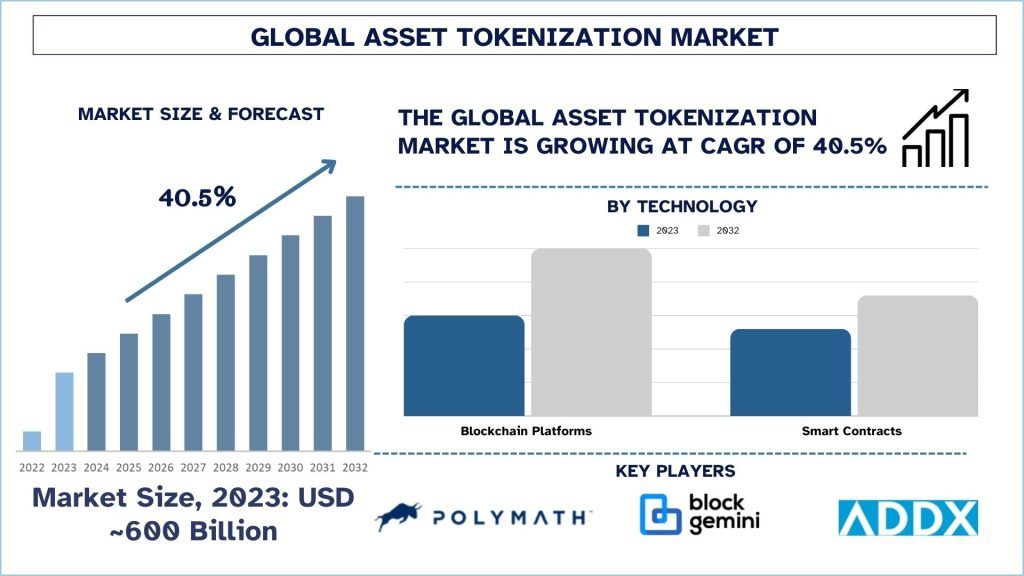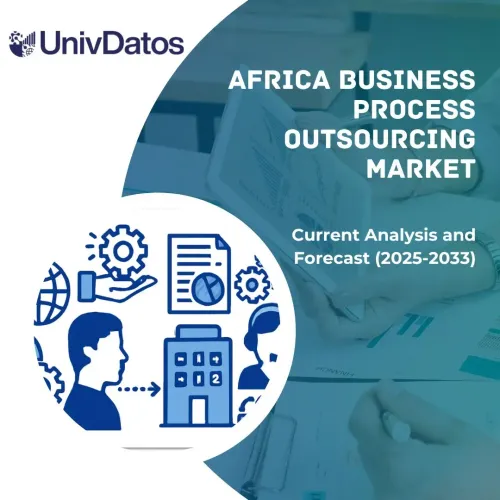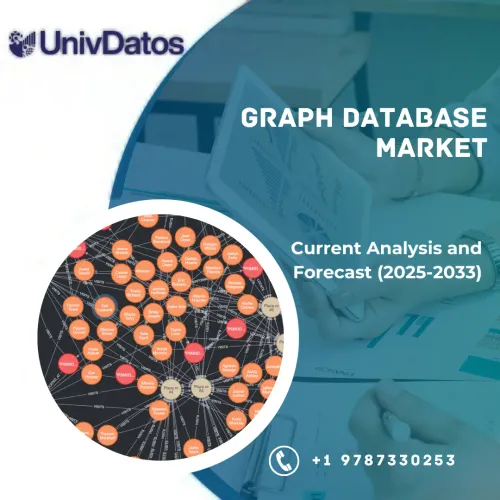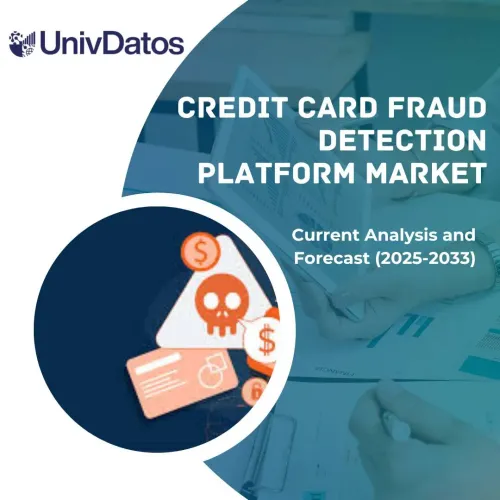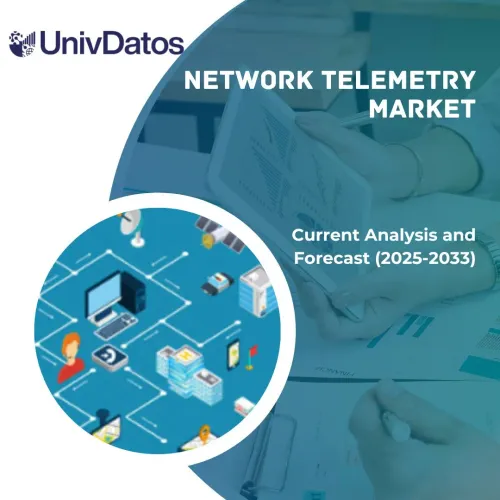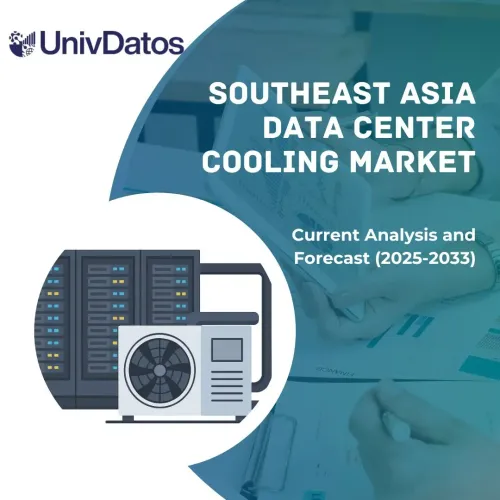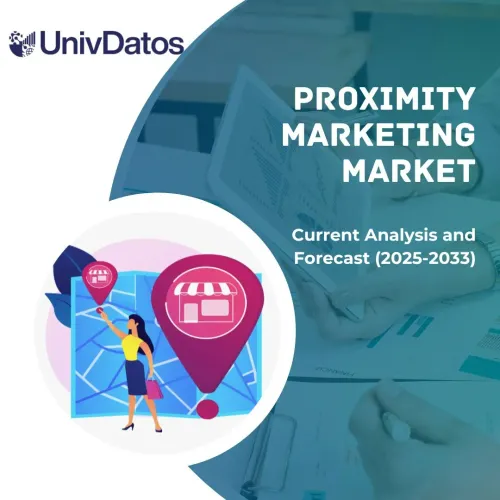- Home
- About Us
- Industry
- Services
- Reading
- Contact Us
Asset Tokenization Market: Current Analysis and Forecast (2024-2032)
Emphasis on Asset Type (Real Estate, Debt (Digital Bonds), Investment Funds, Private Equity, Public Equity, Commodities, Others); Technology (Blockchain Platforms, Smart Contracts); End-user (Institutional Investors, Retail Investors); and Region/Country
Asset Tokenization Market Size & Forecast
The Asset Tokenization Market was valued at approximately USD 400 billion in 2023 and is expected to grow at a substantial CAGR of around 40.5% during the forecast period (2024-2032) owing to the advancement in blockchain technology.
Asset Tokenization Market Analysis
Asset tokenization refers to a process where assets are represented in digital tokens on the blockchain, including real estate or securities. These tokens signify a claim to owning or an interest in the asset and can be bought, sold or otherwise operated on through the internet. This approach increases the volume of trading, effectiveness of transactions, and transparency due to the creation of fractional ownership and the use of smart contracts. Tokenization also eliminates the middlemen, thus lowering the expenses and increasing the efficiency of the assets.
This sector enables companies to invest in sophisticated blockchain solutions and smart contracts to support asset digitization and optimize efficiency while minimizing risks and adhering to the rules and regulations. For instance, on May 1, 2024, Securitize, the leader in tokenizing real-world assets, announced the successful completion of a USD 47 million funding round led by BlackRock. The strategic investment also includes funding from Hamilton Lane, ParaFi Capital, and Tradeweb Markets. Moreover, companies are also working on enhancing the experience of creating and exchanging tokenized assets, building cooperation with banks and other traditional finance entities to connect the conventional and decentralized financial worlds, and supporting initiatives to spread the word and attract more people to invest in digital assets. Altogether these strategies create demand by enhancing the efficiency of the market and bringing more people to acquire opportunities to digital assets. In June 26, 2024, Investcorp, a leading alternative investment firm, and Securitize, the leader in tokenizing real-world assets, announced a strategic partnership to explore fund tokenization opportunities initially within Investcorp’s Strategic Capital Group (“ISCG”).
Asset Tokenization Market Trends
This section discusses the key market trends influencing the various segments of the asset tokenization market as identified by our research experts.
Blockchain Platforms Asset Tokenization Industry
The blockchain platforms held a significant market share in 2023. This mainly offers the technological base that is required for the secure and efficient management of digital assets. They also provide transparency, security, and immutability that increase market trust and optimize operations. With the advancements in blockchain, scalability, and interoperation with the existing financial architecture are promoted to advance the use of asset management through tokenization. In addition, the advances made in blockchain platforms including interoperability and new consensus mechanisms enhance cross-chain value exchange and other commodities. For instance, on June 7, 2024, Deutsche Bank collaborated with industry partners to launch a paper on blockchain interoperability. Deutsche Bank joined a group of major financial institutions and Web3 innovators to produce an in-depth paper on how to achieve interoperability for tokenized assets across public and private blockchains and legacy systems.
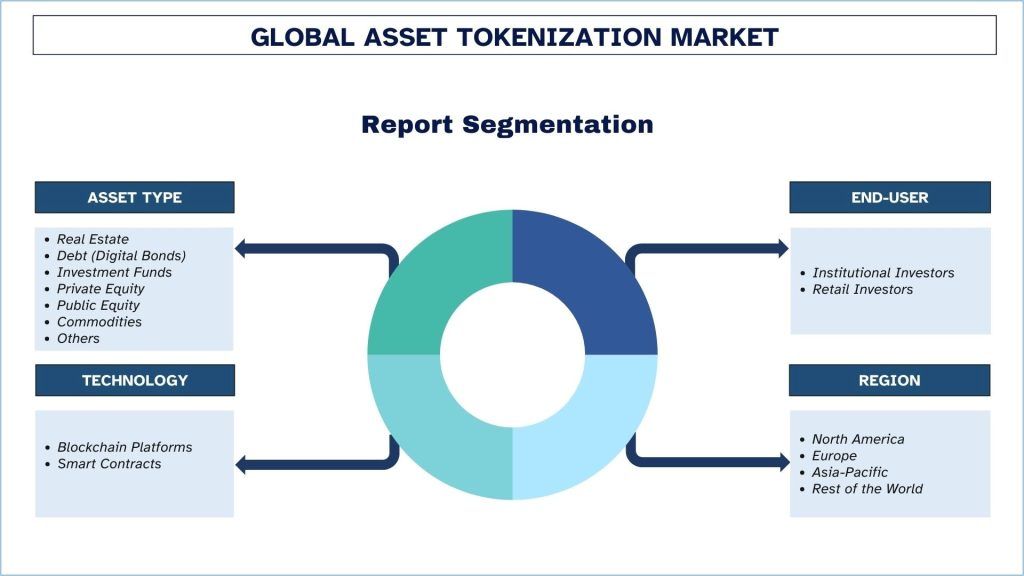
North America leads the market in 2023.
North America held a dominant share of the market in 2023 because of its established technological infrastructure and financial markets. Overall, the region has a strong legal structure that is gradually becoming friendly to cryptocurrencies and blockchain technology hence promoting innovation and investor confidence. Enterprises are leveraging blockchain applications and smart contracts to execute and provide asset issuance and trading structures that ensure higher levels of efficiency and clarity. There are also many partnerships with financial organizations and technological ones to incorporate tokenized assets into conventional financial systems. For instance, in June 2024, Ripple and Archax extended their existing collaboration, aiming to bring hundreds of millions of dollars of tokenized real-world assets (RWAs) onto the XRP Ledger (XRPL) over the coming year. This collaboration brings together Ripple’s enterprise blockchain and crypto solutions and Archax’s capabilities as a U.K. Financial Conduct Authority (FCA)-regulated digital asset exchange, broker, and custodian. Also, there is a great focus on compliance and regulation integration that contribute significantly to trust and opening the market. The increasing crowd-investing popularity together with the influx of institutional money and the constant development of new ecosystems for digital securities make for expansion in North America.
Asset Tokenization Industry Overview
The Asset Tokenization market is competitive, with several global and international players. The key players are adopting different growth strategies to enhance their market presence, such as partnerships, agreements, collaborations, new product launches, geographical expansions, and mergers and acquisitions. Some of the major players operating in the market are Polymath Research Inc., Block Gemini, ADDX, tZERO Technologies, Chainlink, Blocktunix, SoluLab, Blockchain App Factory, Securitize LLC, Tokensoft Inc.
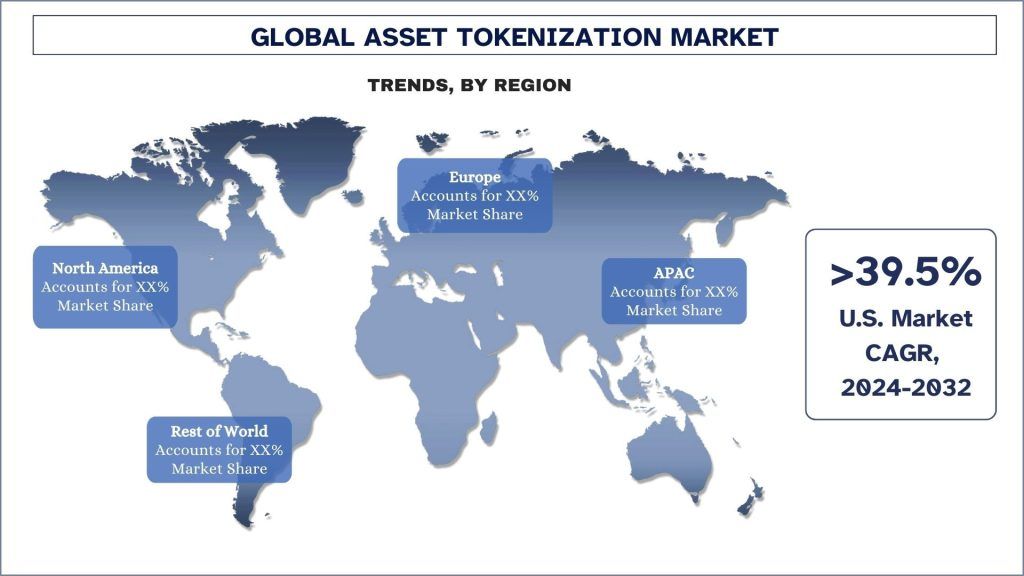
Asset Tokenization Market News
In July 2024 – MOCHAX, a leading digital asset management firm, announced the launch of a Real World Asset (RWA) tokenization project in collaboration with Tokeny, a pioneering onchain finance operating system for tokenized securities. This initiative will tokenize the equity of MOCHAX, introducing new levels of liquidity, accessibility, and efficiency to the equity market.
In June 2024, Deutsche Bank collaborated with industry partners to launch a paper on blockchain interoperability. Deutsche Bank joined a group of major financial institutions and Web3 innovators to produce an in-depth paper on how to achieve interoperability for tokenized assets across public and private blockchains and legacy systems.
In June 2024, The Monetary Authority of Singapore (MAS) announced the expansion of initiatives to scale asset tokenization for financial services. This includes partnering with global industry associations and financial institutions to drive common asset tokenization standards in fixed income, foreign exchange (FX), and asset & wealth management.
In April 2024 – Huma Finance, a tokenization platform for real-world assets, merged with Arf, a liquidity and settlement platform focused on cross-border payments, to improve the adoption of tokenized assets. The merger combines two of the most prominent blockchain use cases — tokenizing real-world assets and cross-border payments — into a single full-stack platform.
In September 2023 – Fireblocks announced the acquisition of BlockFold, a smart contract development and consulting firm specializing in advanced tokenization projects for financial institutions. The acquisition enriches Fireblocks’ tokenization capabilities to provide clients with a complete service layer that includes advisory, token customization, orchestration, and distribution through the Fireblocks Network
Asset Tokenization Market Report Coverage
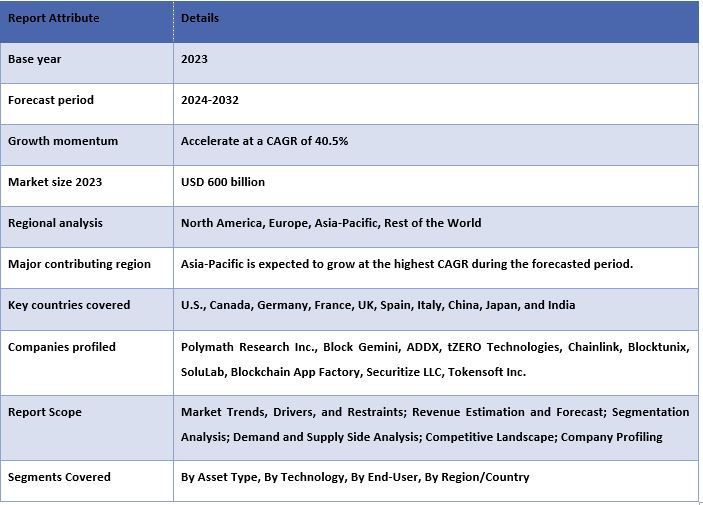
Reasons to buy this report:
- The study includes market sizing and forecasting analysis validated by authenticated key industry experts.
- The report presents a quick review of overall industry performance at one glance.
- The report covers an in-depth analysis of prominent industry peers with a primary focus on key business financials, product portfolios, expansion strategies, and recent developments.
- Detailed examination of drivers, restraints, key trends, and opportunities prevailing in the industry.
- The study comprehensively covers the market across different segments.
- Deep dive regional level analysis of the industry.
Customization Options:
The global Asset Tokenization market can be customized further as per the requirement or any other market segment. Besides this, UMI understands that you may have your own business needs, hence feel free to connect with us to get a report that completely suits your requirements.
Table of Content
Research Methodology for the Asset Tokenization Market Analysis (2022-2032)
Analyzing the historical market, estimating the current market, and forecasting the future market of the global Asset Tokenization market were the three major steps undertaken to create and analyze the adoption of Asset Tokenization in major regions globally. Exhaustive secondary research was conducted to collect the historical market numbers and estimate the current market size. Secondly, to validate these insights, numerous findings and assumptions were taken into consideration. Moreover, exhaustive primary interviews were also conducted, with industry experts across the value chain of the global Asset Tokenization market. Post assumption and validation of market numbers through primary interviews, we employed a top-down/bottom-up approach to forecasting the complete market size. Thereafter, market breakdown and data triangulation methods were adopted to estimate and analyze the market size of segments and sub-segments of the industry. Detailed methodology is explained below:
Analysis of Historical Market Size
Step 1: In-Depth Study of Secondary Sources:
Detail secondary study was conducted to obtain the historical market size of the Asset Tokenization market through company internal sources such as annual reports & financial statements, performance presentations, press releases, etc., and external sources including journals, news & articles, government publications, competitor publications, sector reports, third-party database, and other credible publications.
Step 2: Market Segmentation:
After obtaining the historical market size of the Asset Tokenization market, we conducted a detailed secondary analysis to gather historical market insights and share for different segments & sub-segments for major regions. Major segments are included in the report as asset type, technology, end-user, and regions. Further country-level analyses were conducted to evaluate the overall adoption of testing models in that region.
Step 3: Factor Analysis:
After acquiring the historical market size of different segments and sub-segments, we conducted a detailed factor analysis to estimate the current market size of the Asset Tokenization market. Further, we conducted factor analysis using dependent and independent variables such as asset type, technology, end-user, and regions of the Asset Tokenization market. A thorough analysis was conducted for demand and supply-side scenarios considering top partnerships, mergers and acquisitions, business expansion, and product launches in the Asset Tokenization market sector across the globe.
Current Market Size Estimate & Forecast
Current Market Sizing: Based on actionable insights from the above 3 steps, we arrived at the current market size, key players in the global Asset Tokenization market, and market shares of the segments. All the required percentage shares split, and market breakdowns were determined using the above-mentioned secondary approach and were verified through primary interviews.
Estimation & Forecasting: For market estimation and forecast, weights were assigned to different factors including drivers & trends, restraints, and opportunities available for the stakeholders. After analyzing these factors, relevant forecasting techniques i.e., the top-down/bottom-up approach were applied to arrive at the market forecast for 2032 for different segments and sub-segments across the major markets globally. The research methodology adopted to estimate the market size encompasses:
- The industry’s market size, in terms of revenue (USD) and the adoption rate of the Asset Tokenization market across the major markets domestically
- All percentage shares, splits, and breakdowns of market segments and sub-segments
- Key players in the global Asset Tokenization market in terms of products offered. Also, the growth strategies adopted by these players to compete in the fast-growing market
Market Size and Share Validation
Primary Research: In-depth interviews were conducted with the Key Opinion Leaders (KOLs) including Top Level Executives (CXO/VPs, Sales Head, Marketing Head, Operational Head, Regional Head, Country Head, etc.) across major regions. Primary research findings were then summarized, and statistical analysis was performed to prove the stated hypothesis. Inputs from primary research were consolidated with secondary findings, hence turning information into actionable insights.
Split of Primary Participants in Different Regions
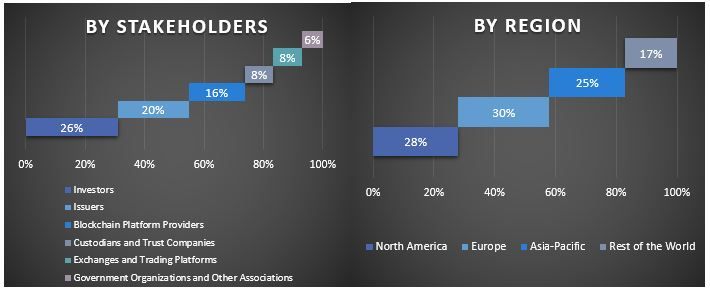
Market Engineering
The data triangulation technique was employed to complete the overall market estimation and to arrive at precise statistical numbers for each segment and sub-segment of the global Asset Tokenization market. Data was split into several segments and sub-segments after studying various parameters and trends in the asset type, technology, end-user, and regions of the global Asset Tokenization market.
The main objective of the Global Asset Tokenization Market Study
The current & future market trends of the global Asset Tokenization market were pinpointed in the study. Investors can gain strategic insights to base their discretion for investments on the qualitative and quantitative analysis performed in the study. Current and future market trends determined the overall attractiveness of the market at a regional level, providing a platform for the industrial participant to exploit the untapped market to benefit from a first-mover advantage. Other quantitative goals of the studies include:
- Analyze the current and forecast market size of the Asset Tokenization market in terms of value (USD). Also, analyze the current and forecast market size of different segments and sub-segments.
- Segments in the study include areas of the asset type, technology, end-user, and regions.
- Define and analyze the regulatory framework for the Asset Tokenization
- Analyze the value chain involved with the presence of various intermediaries, along with analyzing customer and competitor behaviors of the industry.
- Analyze the current and forecast market size of the Asset Tokenization market for the major region.
- Major countries of regions studied in the report include Asia Pacific, Europe, North America, and the Rest of the World
- Company profiles of the street cleaning machine market and the growth strategies adopted by the market players to sustain the fast-growing market.
- Deep dive regional level analysis of the industry
Frequently Asked Questions FAQs
Q1: What is the asset tokenization market's current size and growth potential?
Q2: What are the driving factors for the growth of the asset tokenization market?
Q3: Which segment has the largest share of the asset tokenization market by technology?
Q4: What are the major trends in the asset tokenization market?
Q5: Which region will dominate the asset tokenization market?
Related Reports
Customers who bought this item also bought

